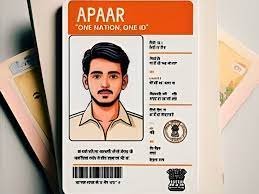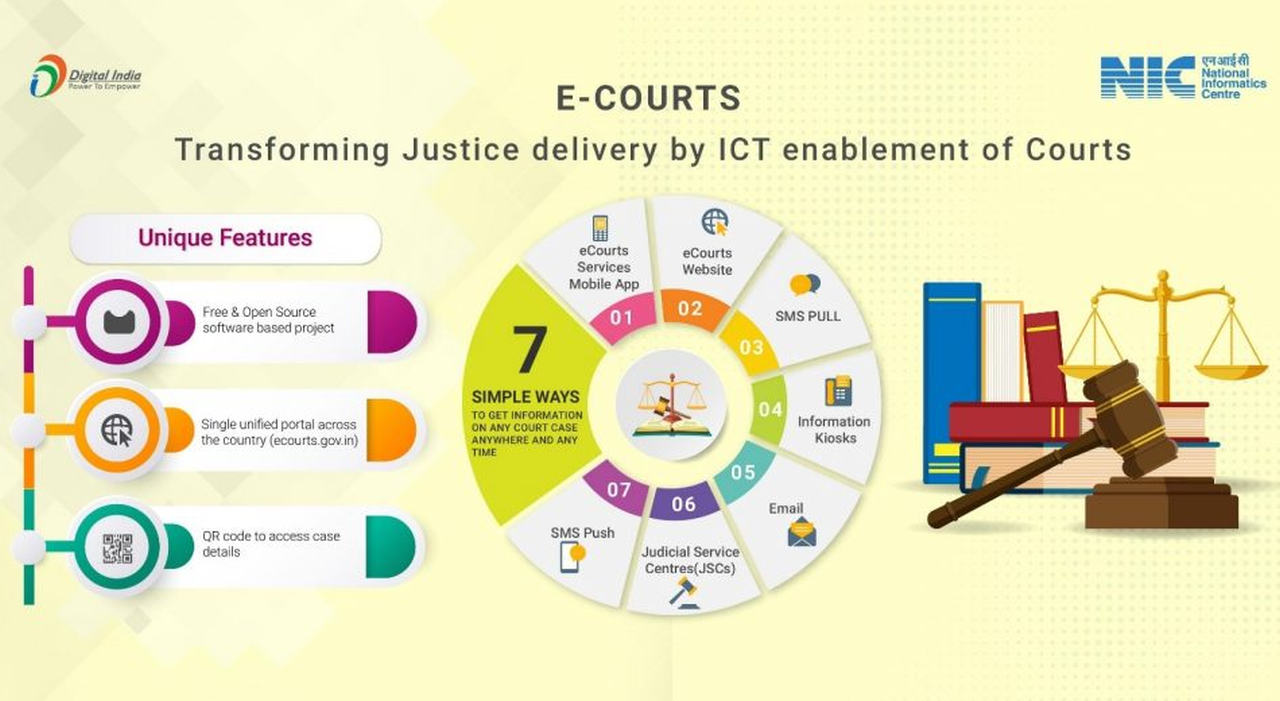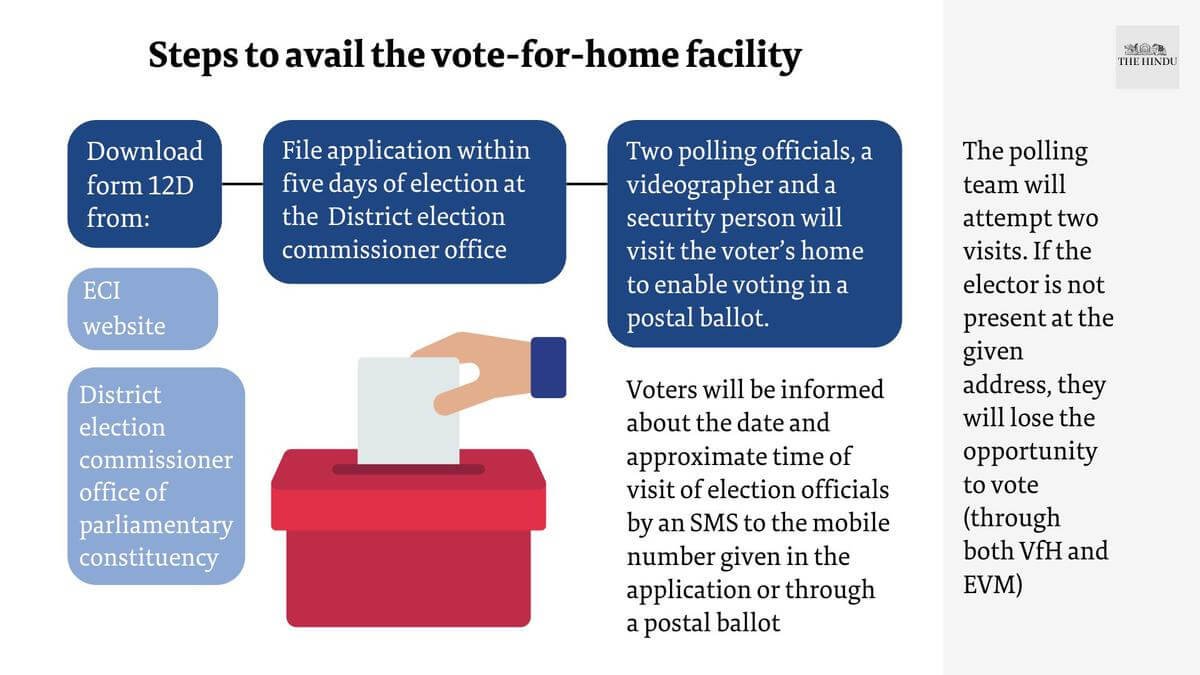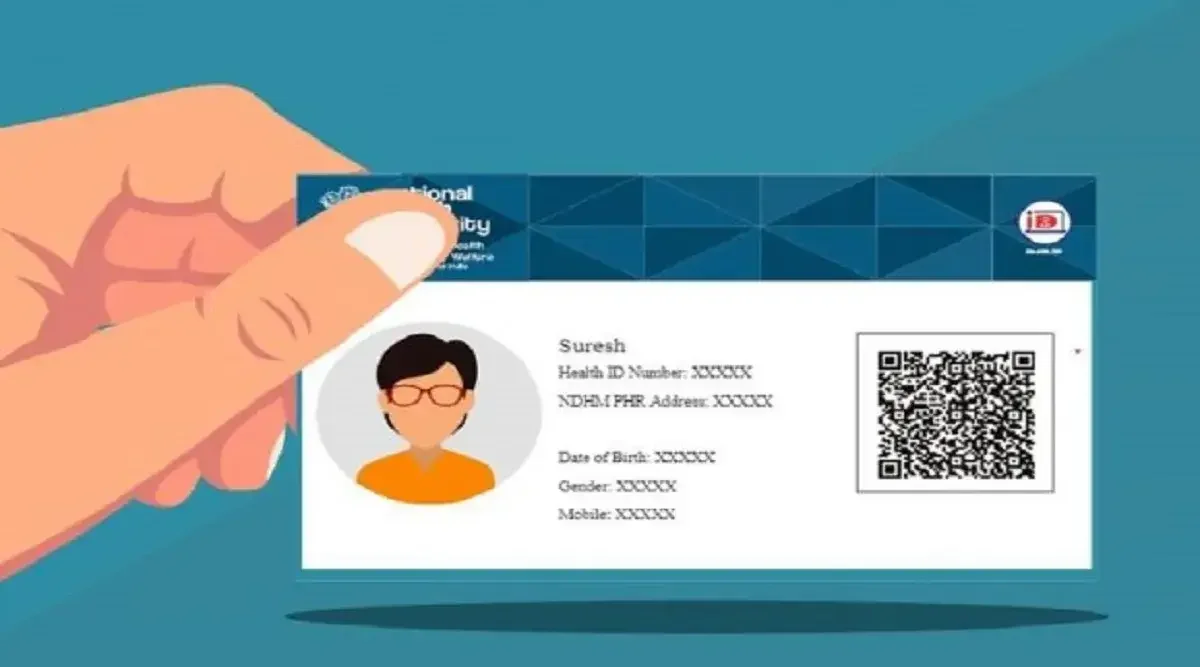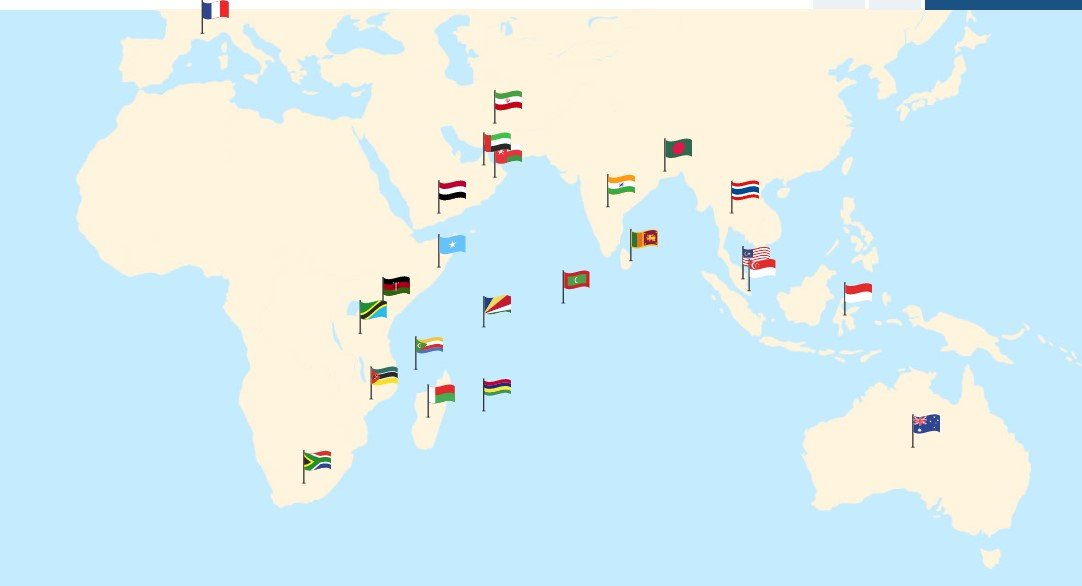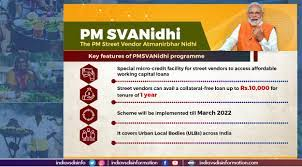
UDAN: Ude Desh ka Aam Naagrik Scheme
Subscribers of "Current Affairs" course can Download Daily Current Affairs in PDF/DOC
Subscribe to Never Miss an Important Update! Assured Discounts on New Products!
Must Join PMF IAS Telegram Channel & PMF IAS History Telegram Channel
- Context (PIB I TOI): Puducherry airport is excluded from the UDAN 5.0 scheme as it no longer qualifies as an ‘underserved’ airport after its weekly departure exceeds seven flights.
- The Ministry of Civil Aviation launched the UDAN Regional Connectivity Scheme (RCS) for regional airport development and regional connectivity enhancement.
- It is a part of the National Civil Aviation Policy 2016.
- The scheme is applicable for ten years.
- The Airports Authority of India (AAI) is the nodal agency for implementing the scheme.
- RCS-UDAN was awarded the Prime Minister’s Award for Excellence in Public Administration under the Innovation Category for the year 2020.
Objectives of the Scheme
- Improve air connectivity to remote and regional areas of India by expanding connectivity from unserved and underserved airports.
- Enable common people to access air travel with affordable rates, specifically targeting tier-2 and tier-3 cities.
Components of the Scheme
- It has two components:
- To improve the existing airports and develop new ones (developing Brownfield and Greenfield airports) for faster regional connectivity.
- Addition of new, capped airfare and financially viable regional air routes.
|
Features
- RCS-UDAN is a market-driven scheme. Interested airlines, based on their assessment of demand on particular routes, submit proposals at the time of bidding.
- Nearly half of the seats in Udan flights are offered at subsidised fares, and the participating carriers are provided with a certain amount of viability gap funding (VGF).
- Applicable on flights of 200 km to 800 km distance.
- Hilly, Remote Islands, and security-sensitive regions have no distance limit.
- The Regional Connectivity Fund (RCF) was created to meet the VGF requirements under the scheme.
- The partner State Governments (other than UTs and NER states where the contribution will be 10%) would contribute a 20% share to this fund.
|
- UDAN created a framework based on the need and led to the formulation of:
- Lifeline UDAN (for transportation of medical cargo during the pandemic).
- Krishi UDAN (value realisation of agriculture products, especially in Northeastern Region {NER} and tribal districts).
- International UDAN routes for NER to explore International Connectivity from/to Guwahati and Imphal.
Funding for the UDAN Scheme
Central Government
- Viability Gap Funding (VGF) to the airlines to subsidise the fair cost.
- Concession on ticket-related taxes.
- Flight’s code sharing.
State Government
- Reducing the GST to 1%.
- Improving fueling infrastructure by coordinating with oil companies.
- 20 % VGF.
- Providing free security personnel and land for airport development.
- Supplying water, electricity, etc., at cheap rates.
Airport Operators
- No charge for parking, landing, storage, etc.
- Nil Terminal Navigation Landing Charge.
- 4% discount on UDAN-RCS flight’s Route Navigation and Facilitation Charge (RNFC).
Achievements under the UDAN Scheme
(As per the data released in Aug 2022 by the Ministry of Civil Aviation)
- The number of operational airports has increased to 141 from 74 in 2014.
- 517 routes connecting 76 airports, including 9 Heliports and 2 Water Aerodromes, have so far commenced operations.
- With 425 new routes initiated, UDAN has provided air connectivity to more than 29 States/ UTs.
- More than one crore passengers have availed themselves of the benefits of this scheme.
Challenges to the RCS Scheme
Commercial Viability
- Airport development under RCS involved launching 479 routes to revive under-utilized airports. However, out of these, 225 routes have ceased operations.
- The low demand for air travel on specific routes makes it difficult for airlines to operate profitably, even with subsidies provided under UDAN.
- Adverse and unpredictable weather conditions lead to inconsistent operations.
Infrastructural Constraints
- The inadequate airport infrastructure in some remote regions poses airline challenges.
- Many airports require upgrades and improvements to meet safety standards and handle increased air traffic.
Subsidisation of Air Travel
- The RCS aimed to make air travel affordable by providing subsidies and VGF. However, the scheme faced issues as some routes were found to be commercially unviable despite the subsidies.
High Operating Costs
- Airlines operating in remote areas often face higher operating costs, including increased fuel expenses, maintenance costs, and logistical challenges, affecting their profitability.
Airfare Caps
- The cap on airfares for RCS flights can impact the revenue potential of airlines, especially when operational costs are high. It may discourage airlines from operating on specific routes.
Passenger Awareness
- Lack of awareness among potential passengers about the availability of air travel options under UDAN can limit demand and utilisation of regional air services.
Market-driven scheme
- UDAN is a market-driven scheme, making it incumbent on the GOI to make the routes far more lucrative for airline operators.
Recent changes under UDAN 5.0
- It focuses on Category-2 (20-80 seats) and Category-3 (>80 seats) aircraft.
- No restriction on the distance between the flight’s origin and destination.
- VGF will be capped at 600 km stage length for priority and non-priority areas; earlier, it was capped at 500 km.
- The same route would not be awarded to a single airline more than once, whether in a different or the same network.
- Airlines would be required to commence operations within four months of the route award; this deadline was six months earlier.
- Novation process for routes from one operator to another has been simplified and incentivised.
|
Way Forward / Suggestions
- Enhancing airport infrastructure, streamlining subsidy disbursal, addressing operational constraints, and promoting regional air travel awareness need attention to ensure the success of RCS.
- Taxes on fuel need to be reduced, which has been a demand in the industry for a long time.
- Developing a competitive and viable regional aviation ecosystem is critical to support the orderly growth of Indian aviation.





![PMF IAS Environment for UPSC 2022-23 [paperback] PMF IAS [Nov 30, 2021]…](https://pmfias.b-cdn.net/wp-content/uploads/2024/04/pmfiasenvironmentforupsc2022-23paperbackpmfiasnov302021.jpg)
